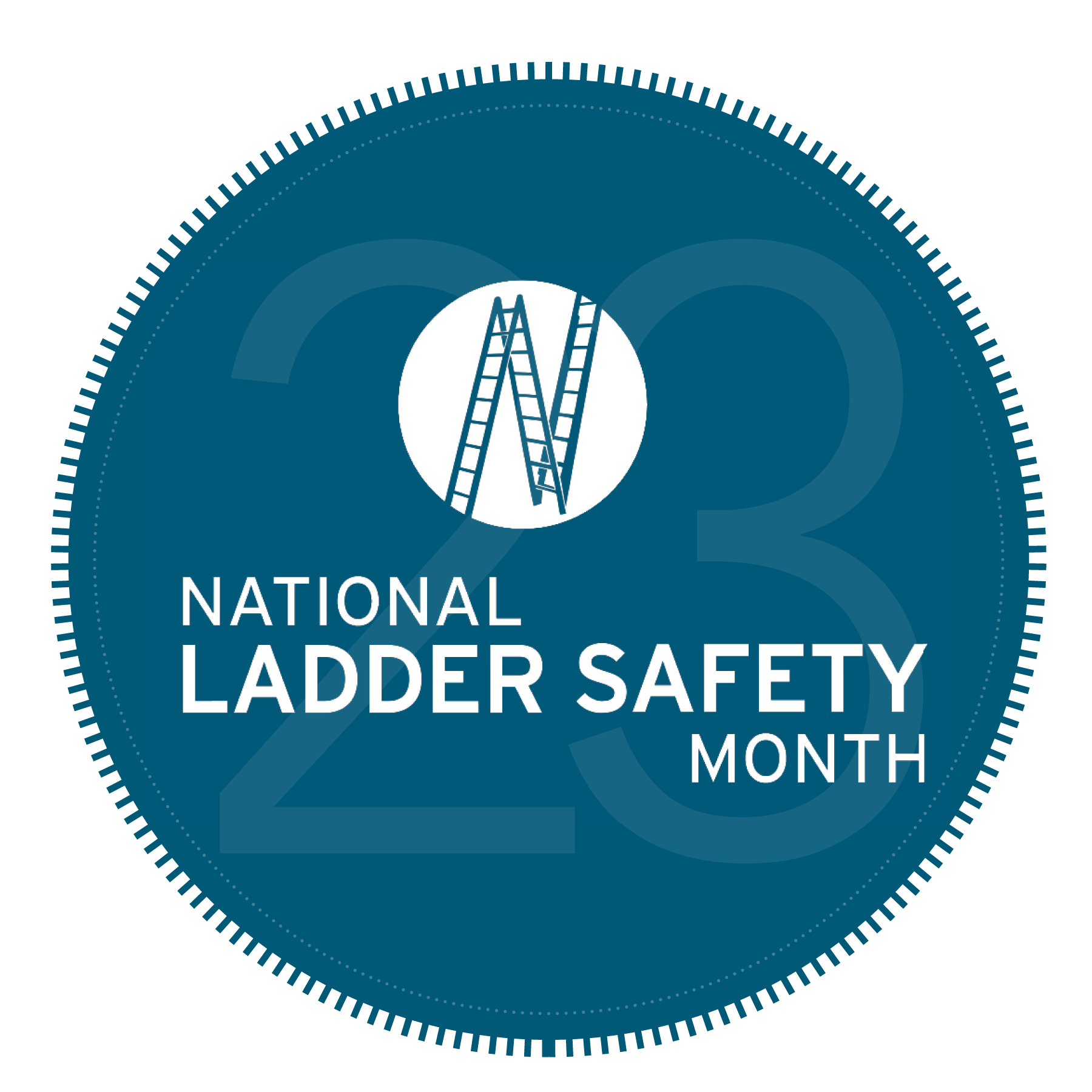
The American Ladder Institute is spreading the word about safe ladder practices and training opportunities.
Here are safety tips to keep in mind:
Choosing your ladder
Before you ever climb, select the appropriate ladder for the job based on style, material of construction, material weight, size, and duty rating. First, you have to know whether or not the work can be accessed with a self-supporting stepladder, or a leanable, non-self-supporting, single or extension ladder. To be able to safely reach the work, size must be considered. If light weight is most important, then aluminum might be best. However, if you will be working around electricity, make sure to choose a non-conductive material like fiberglass. Select a ladder with the duty rating to hold your own weight plus any work materials going up with you.
Safety before the first step (inspection and set up)
You’ve chosen your ladder. Now comes the ladder inspection and gaining a thorough understanding of your surroundings. First of all, even a new ladder can potentially be damaged or otherwise compromised. So, the user must visually inspect it to see if it’s in good condition before they use it. If you’ve picked the right ladder for the job, then don’t misuse it by standing higher than you should or by overreaching. Next, take note of the general area you’re in. For example, is there potential for a forklift to come around the corner, or an unblocked door to swing open and knock you over? Is the ladder set up correctly with all feet on a firm, level surface?
Safety while climbing
Maybe you’ve gone up that ladder 100 times. The 101st time is no time to get lax when it comes to personal safety. Always pay attention to what you are doing when climbing and using your ladder. Some tips are just common sense. Face the ladder and have a firm grip. Don’t have hands distracted with other materials. Keep hands free by using a tool belt or some other means, such as a material lift, tag line, or rope, to raise equipment to the work area. Remember to maintain three points of contact as you climb: two hands and one foot or two feet and one hand on the ladder. And don’t do unnecessary reaching. A good rule of thumb: keep your belt buckle between the rails.
Safety at the top
You’re finally at the uppermost point of your ladder. This is no time for slacking off. Contact with the ladder is important not only while climbing, but also while working. To that end, the top step and the top cap of a stepladder and the top three rungs of a single or extension ladder are not suitable standing surfaces. The few upper feet of the ladder are there for body support, so you don’t have to balance on just your two feet. If you are transitioning from the ladder onto another surface, your ladder must be secured from movement.
According to the U.S. Bureau of Labor Statistics, ladder deaths accounted for 161 on-the-job fatalities in 2020, the most recent year for which statistics are available. That same year, there were 22,710 ladder-related workplace injuries, an injury stat that has remained relatively constant over the previous several years.
ALI’s Ladder Safety Training site, https://www.laddersafetytraining.org/, makes safety training easy, with an organized curriculum, video and resource library, and free registration.
